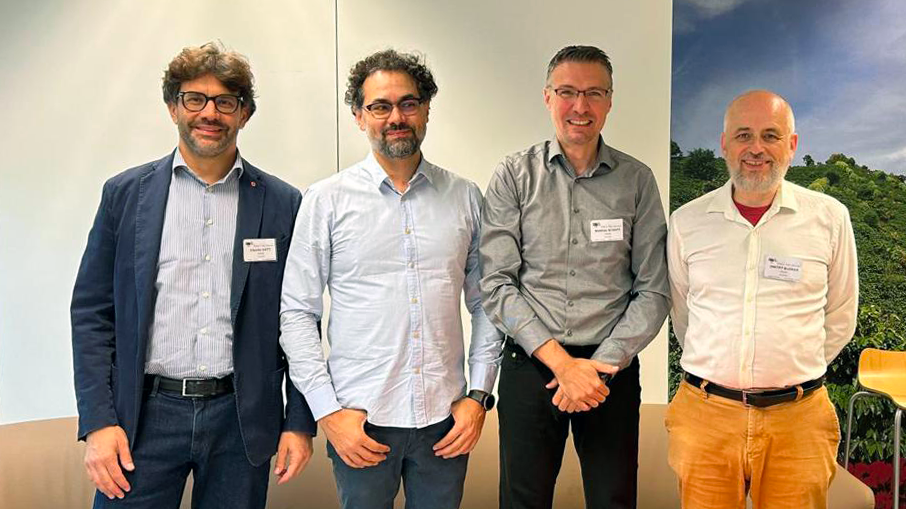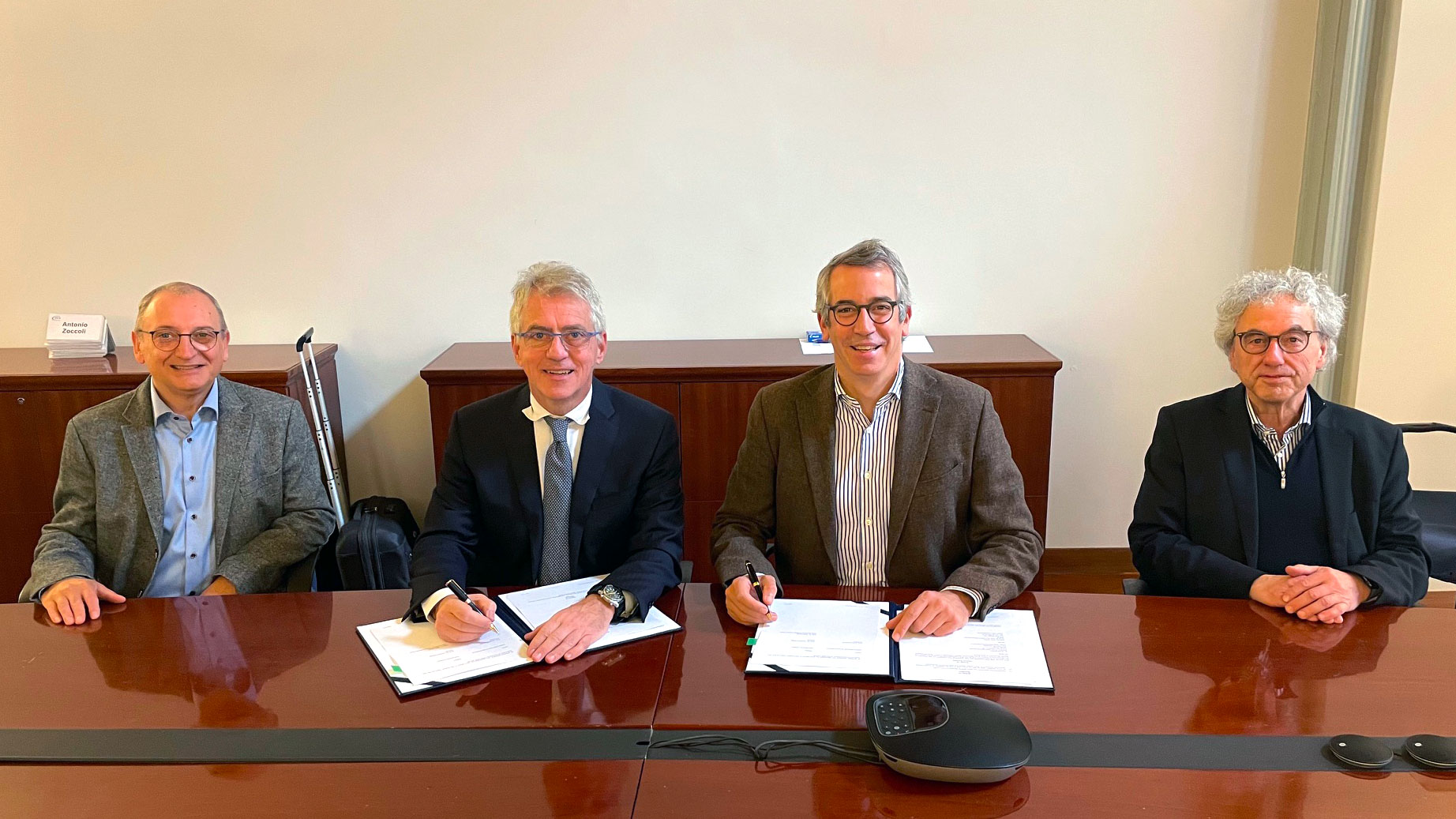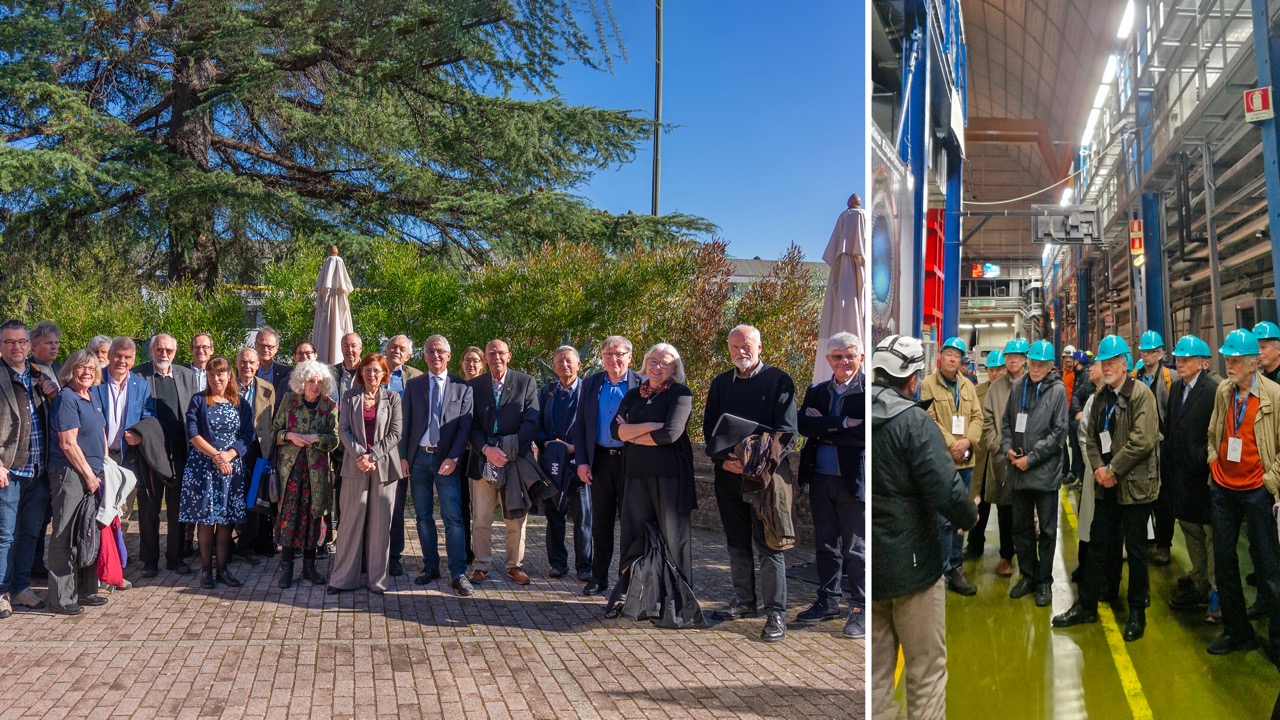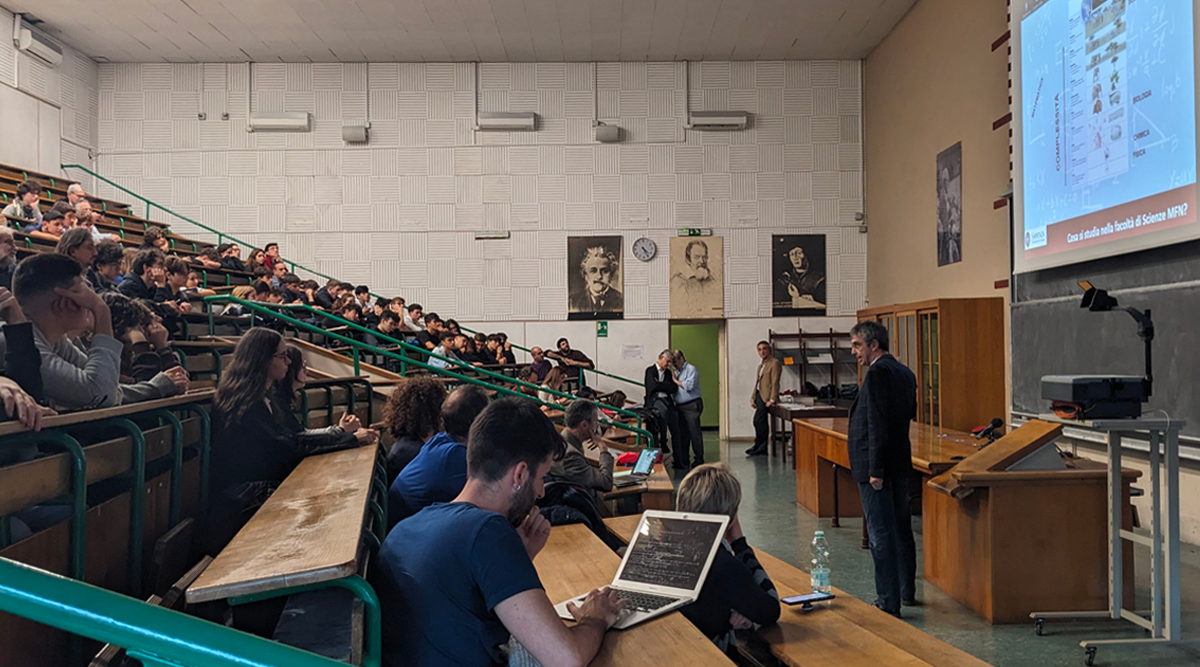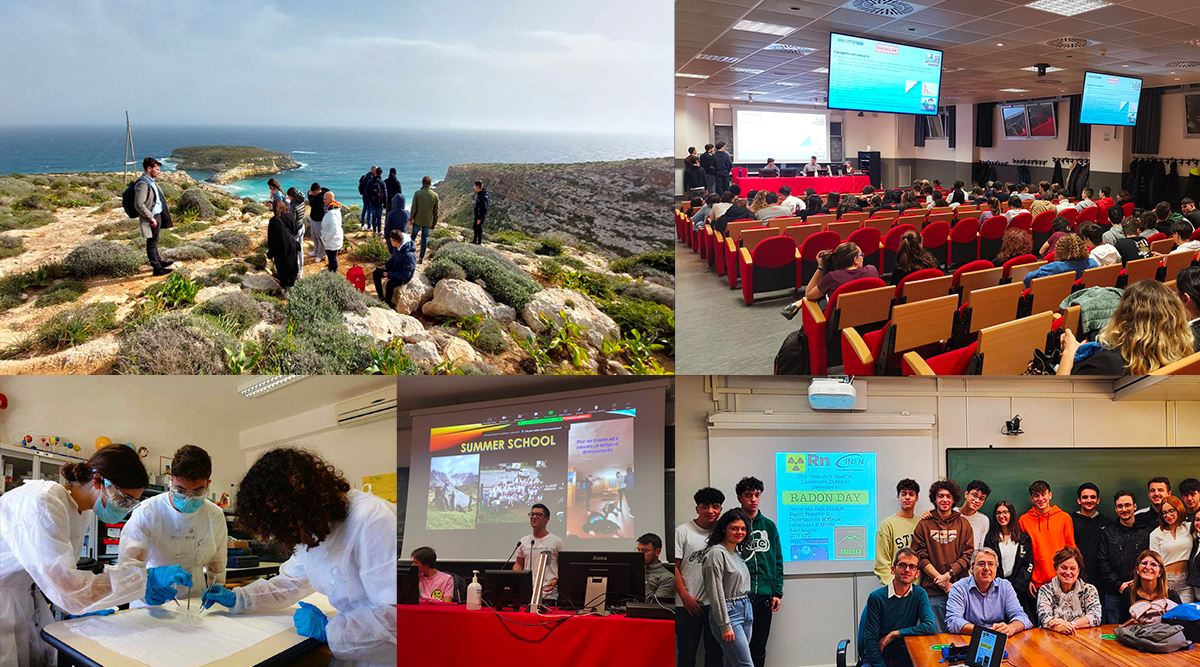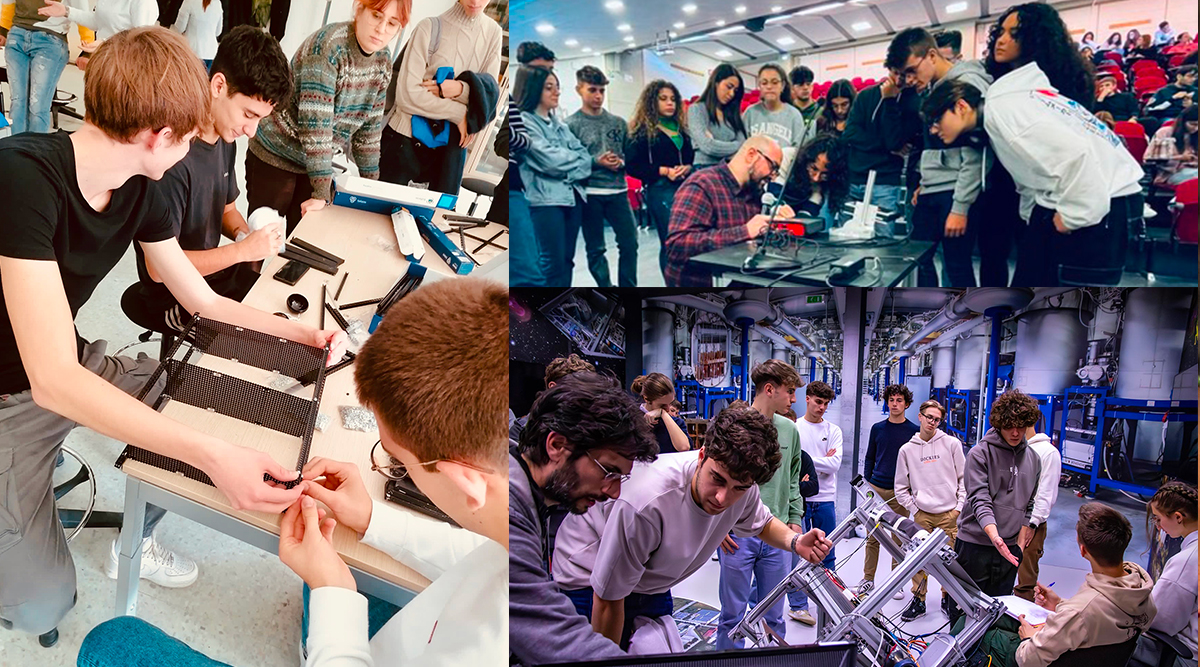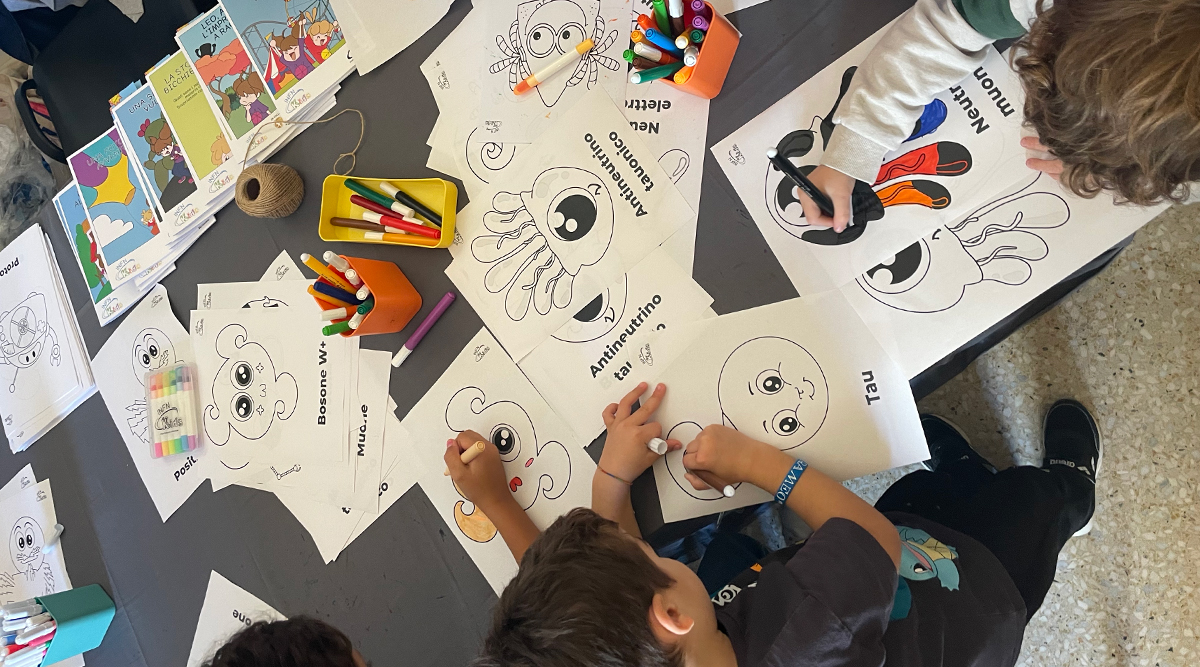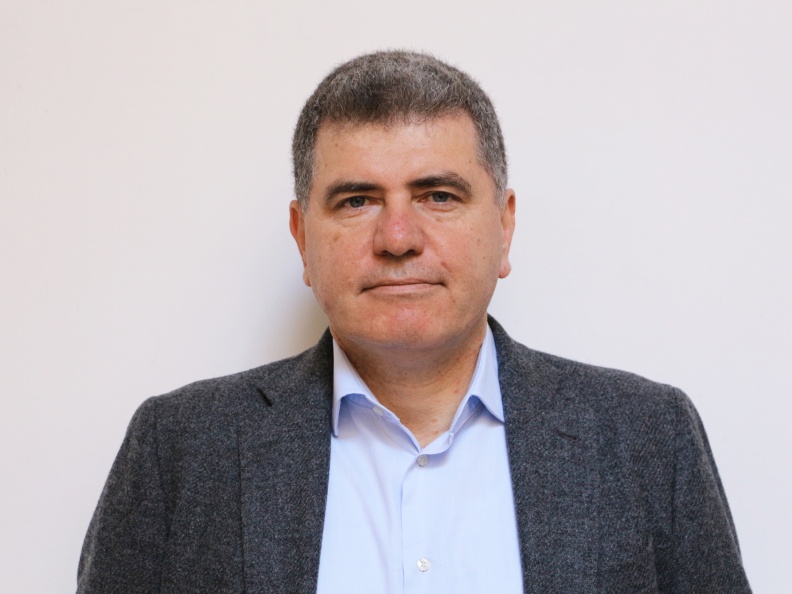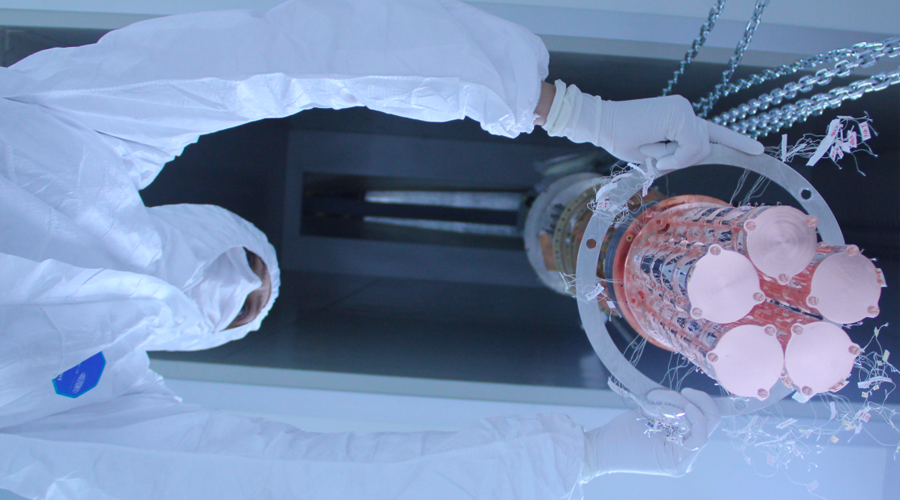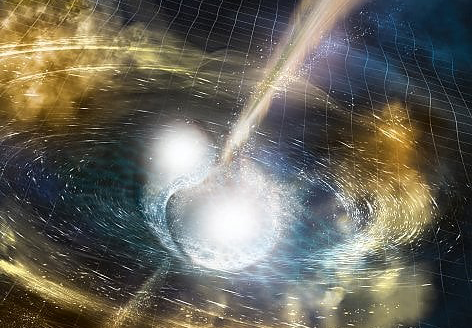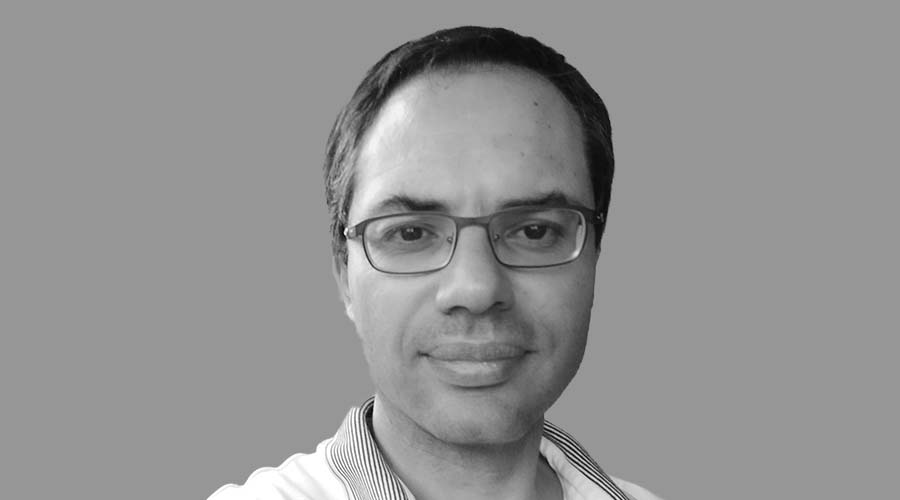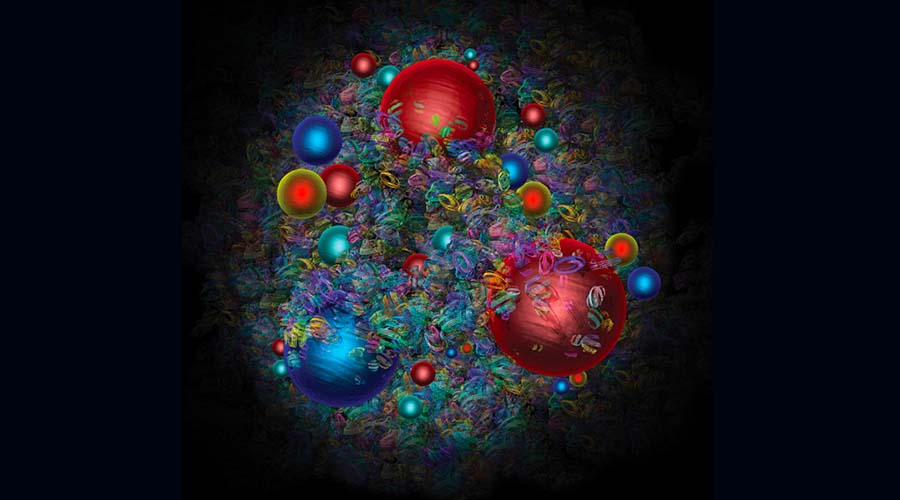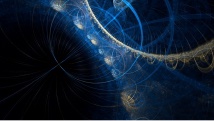- NEWSLETTER
- Archivio_indici_uso_interno
NEWSLETTER 123 | November 2024
![]()
Istituto Nazionale di Fisica Nucleare

INTERVIEW
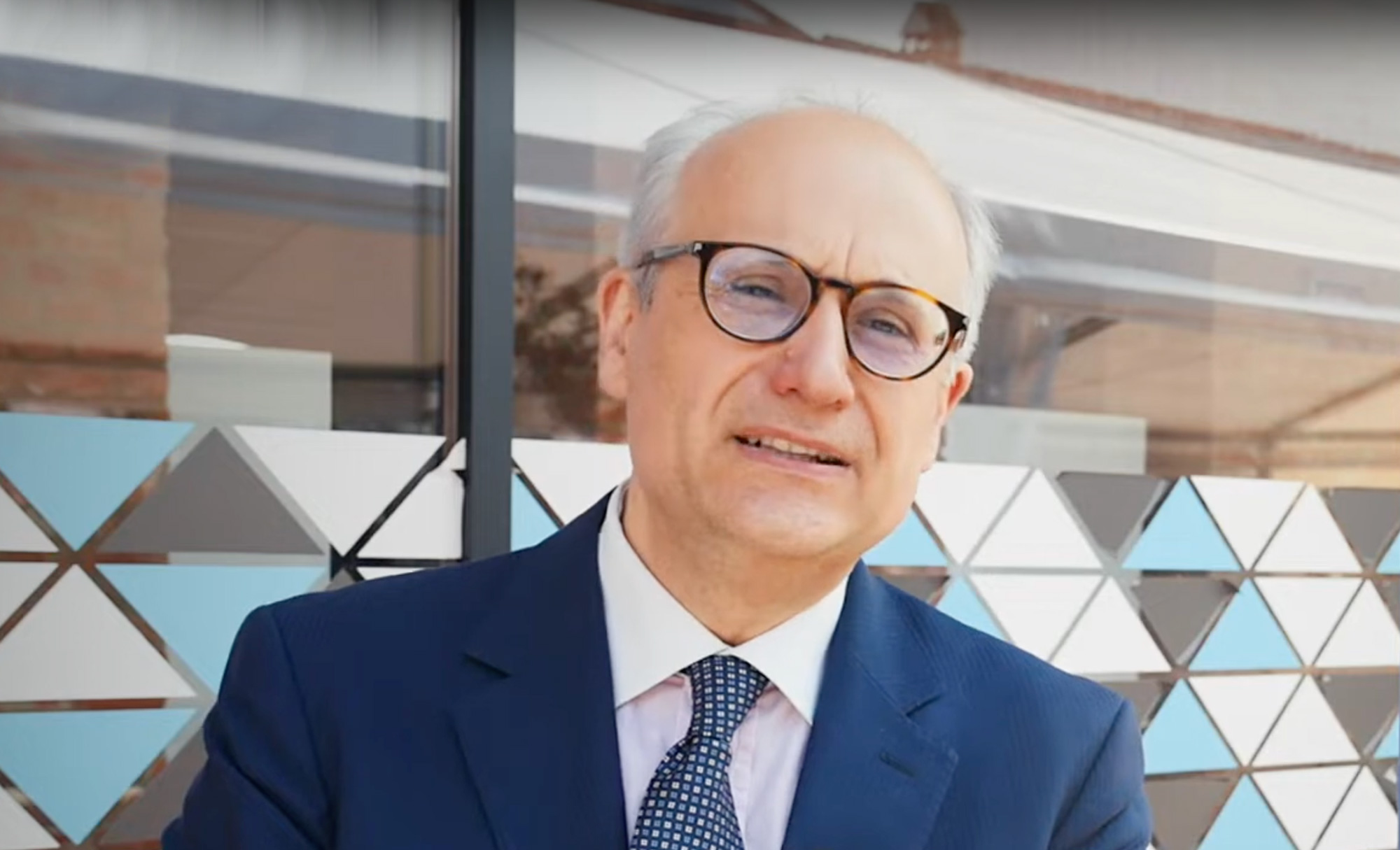
LARGE RESEARCH INFRASTRUCTURES PLAY A LEADING ROLE IN THE G7 AGENDA
Interview with Fabio Fava, full professor at the School of Engineering of the University of Bologna and Senior Official of the Ministry of Education and Research for the Italian G7 Science and Technology presidency.The G7 Conference on Large Research Infrastructures. Synergies and Impact on Science and Society was held in Sardinia, in Oliena, in the province of Nuoro, from 28 to 30 October. It brought together ministerial delegates from G7 countries and representatives of European and global political and scientific institutions for a two-day working session on the topic of research infrastructures. The conference was sponsored by the Ministry of University and Research (MUR) within the scope of the Italian G7 Presidency and was organised in collaboration with INFN. The event opened with the greetings and institutional speeches by the Minister of University and Research Anna Maria Bernini, the President of the Autonomous Region of Sardinia Alessandra Todde, INFN President Antonio Zoccoli, the President of National Research Council Maria Chiara Carrozza, who is coordinating the Research 7+ initiative, OECD representative Carthage Smith, and delegates from the G7 countries. The conference, divided into plenary and parallel sessions, both of which provided ample space for discussion, was intended as an opportunity to discuss the role of large research infrastructures in addressing major contemporary challenges, considering their impact at scientific, economic, social and geopolitical levels. We talked about the conference and the main issues addressed and emerging from the working sessions with Fabio Fava, full professor at the School of Engineering of the University of Bologna and Senior Official of the Ministry of Education and Research for the Italian G7 Science and Technology presidency.
Why did the MUR advocate for a conference on large research infrastructure within the scope of the G7?
Large research infrastructures are key drivers for the scientific, technological, social and economic development of our countries. These are places where advanced research is conducted ...
...
NEWS
FOCUS
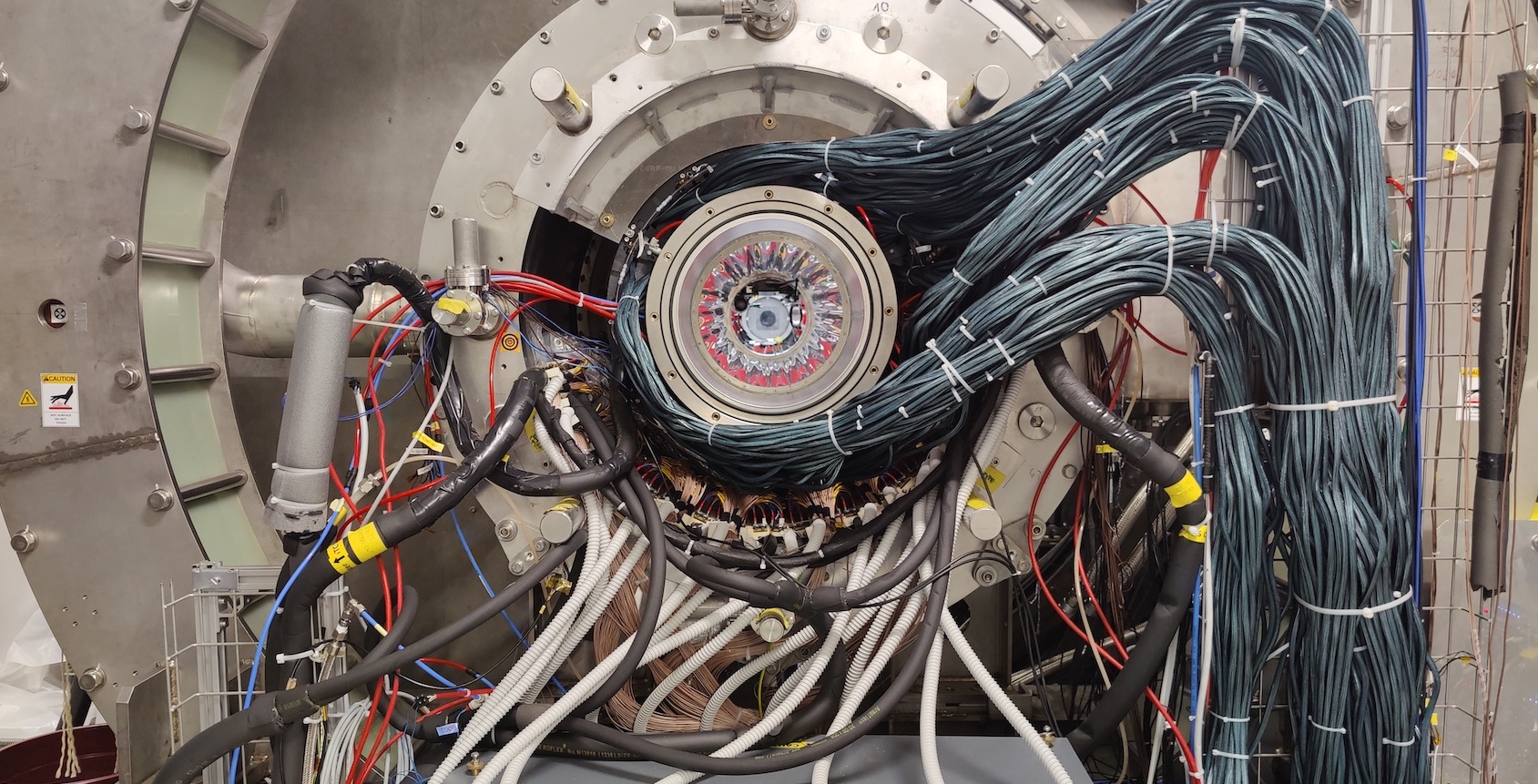
MEG II PRESENTS ITS FIRST RESULT ON THE HYPOTHETICAL X17 PARTICLE
The scientific collaboration of the MEG II experiment, of which INFN is a member, presented its first result on the search for a new hypothetical elementary particle, a boson called X17, at a scientific seminar at the Paul Scherrer Institut (PSI) in Switzerland on 13 November. The result, based on the analysis of data collected in 2023, is reported in a paper published on arxiv and submitted to the European Journal of Physics C.
The MEG II detector, currently in data acquisition at the PSI laboratory, searches for new physics phenomena, and is specifically designed to search for the decay of a positive muon into a positron and a photon, but it can also study other phenomena, such as the production of the hypothetical X17 particle. Hence the implementation of this new measurement, proposed by the researchers of the Italian group, who then coordinated its design and implementation, and the subsequent analysis of the data, thanks to which a new limit on the existence of the X17 particle was placed, since no interesting signal emerged. ...
Cover image: G7, Conference on Large Research Infrastructures. Synergies and impact on science and society ©INFN




